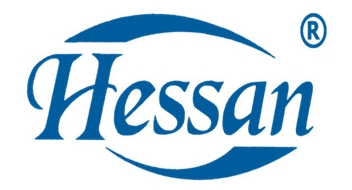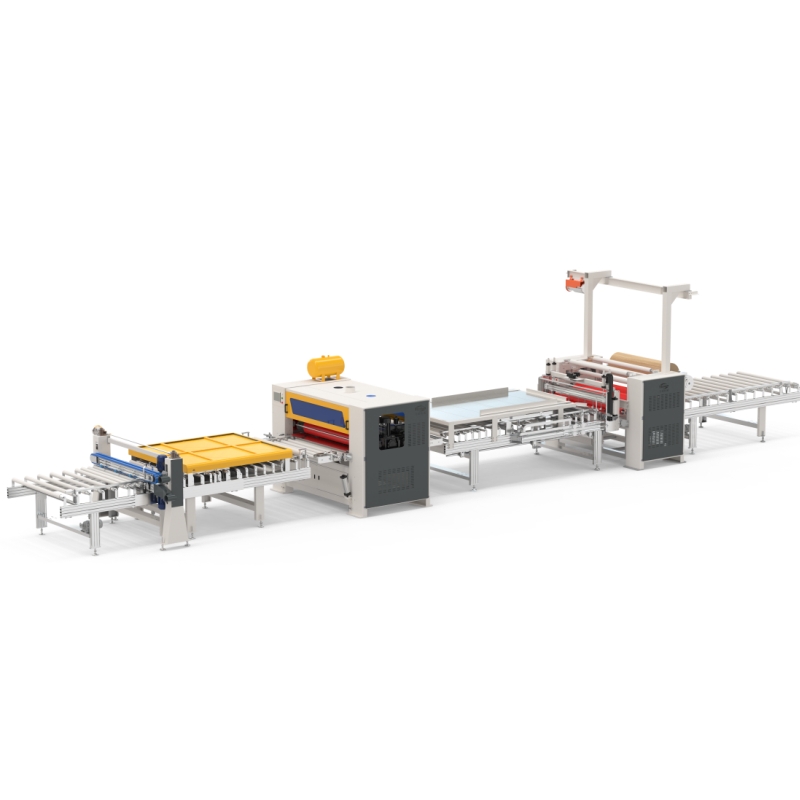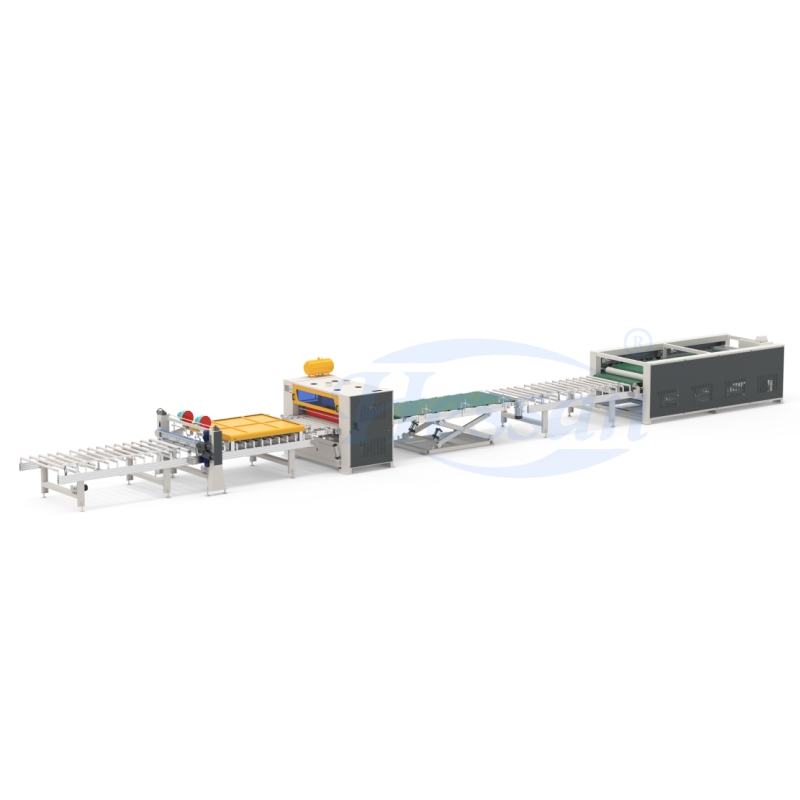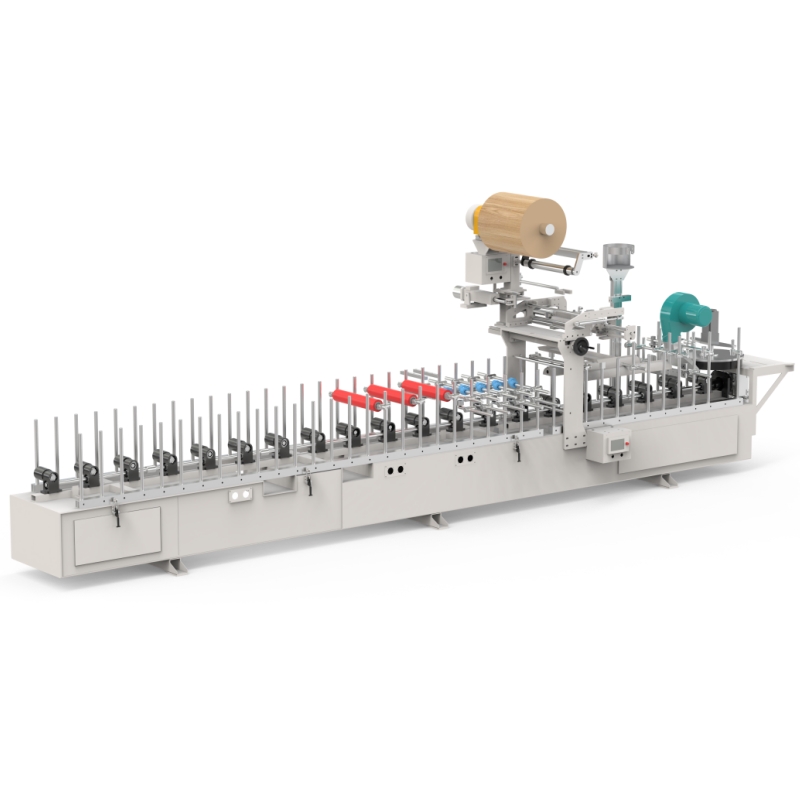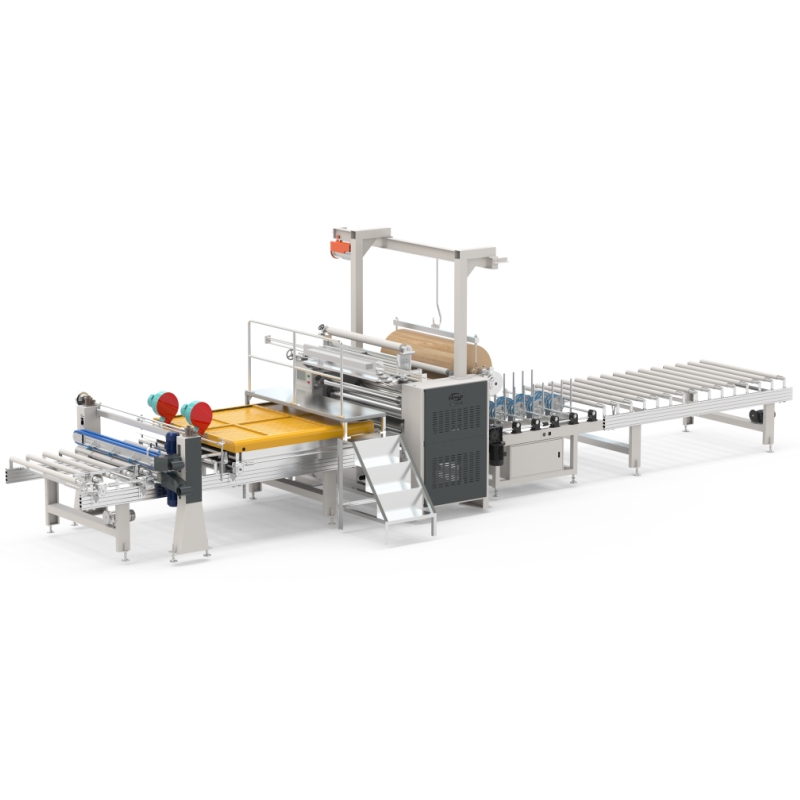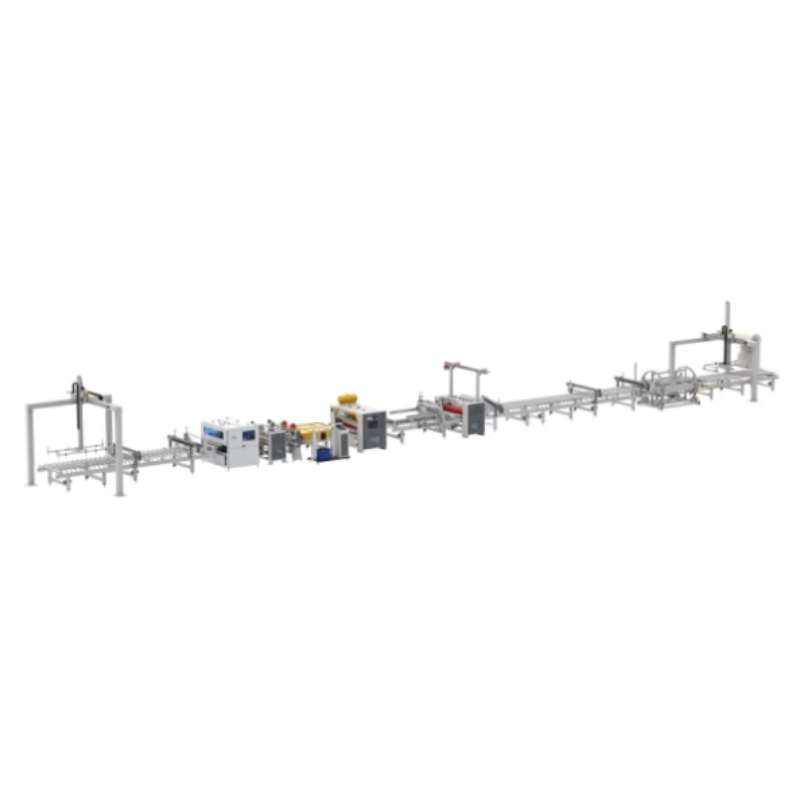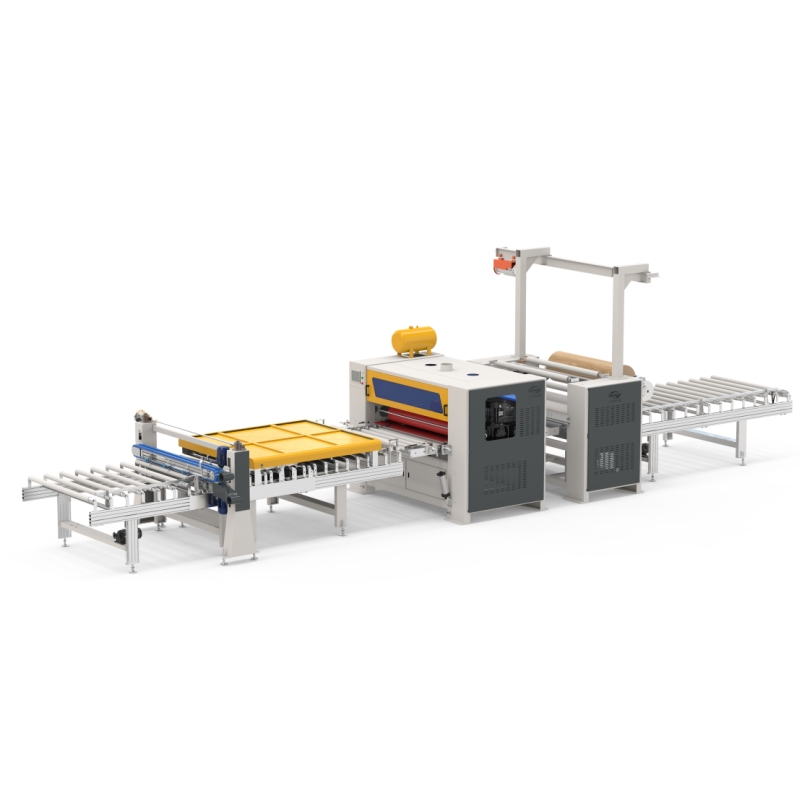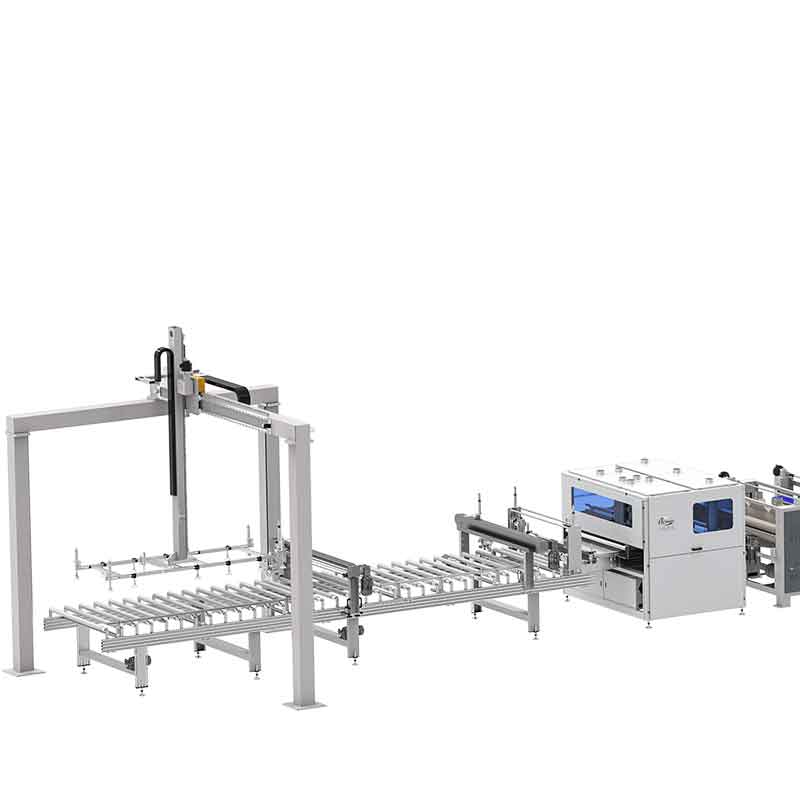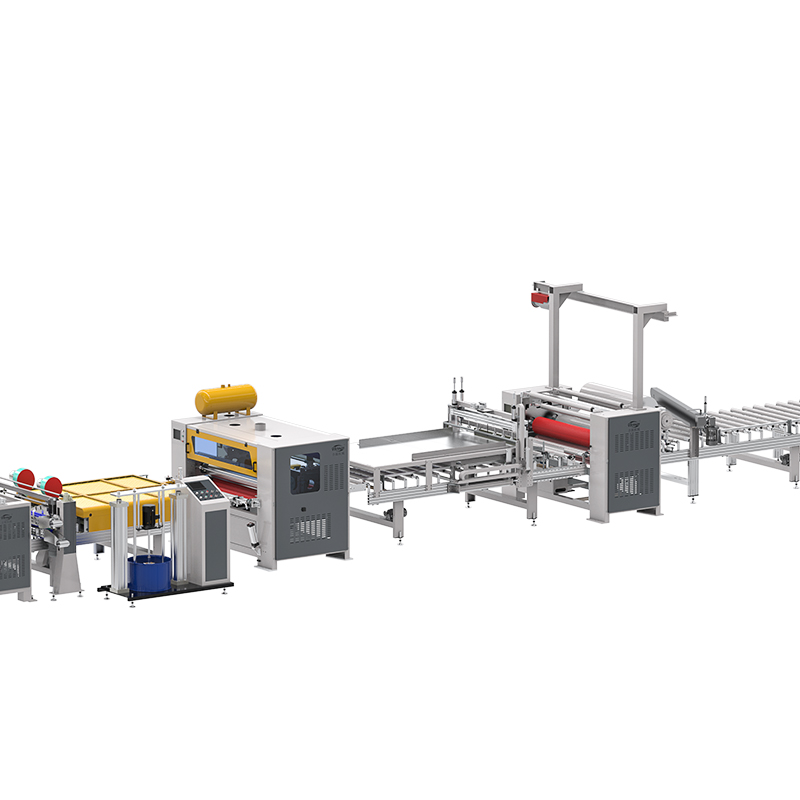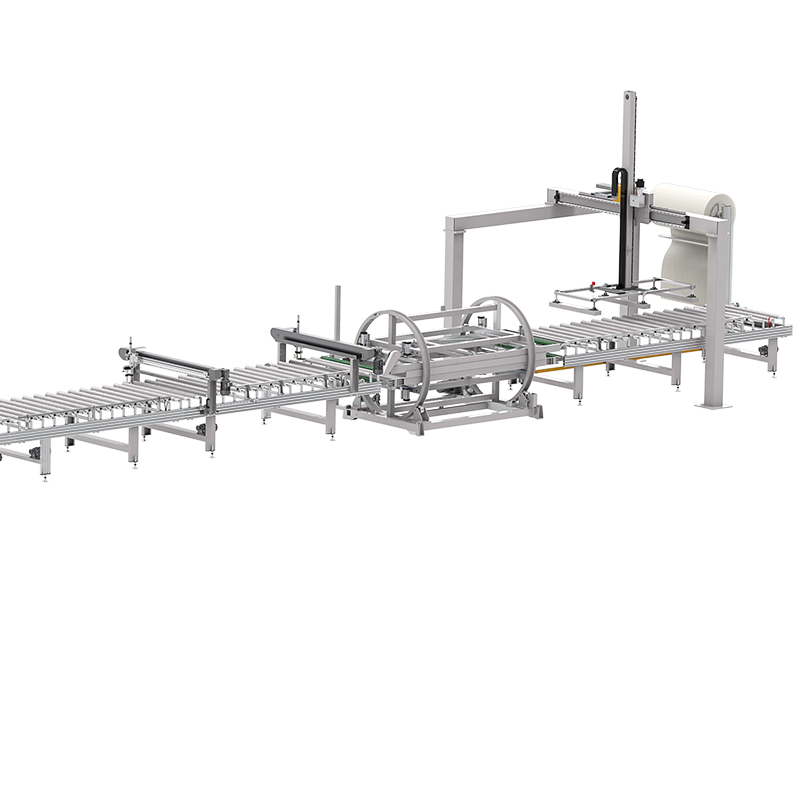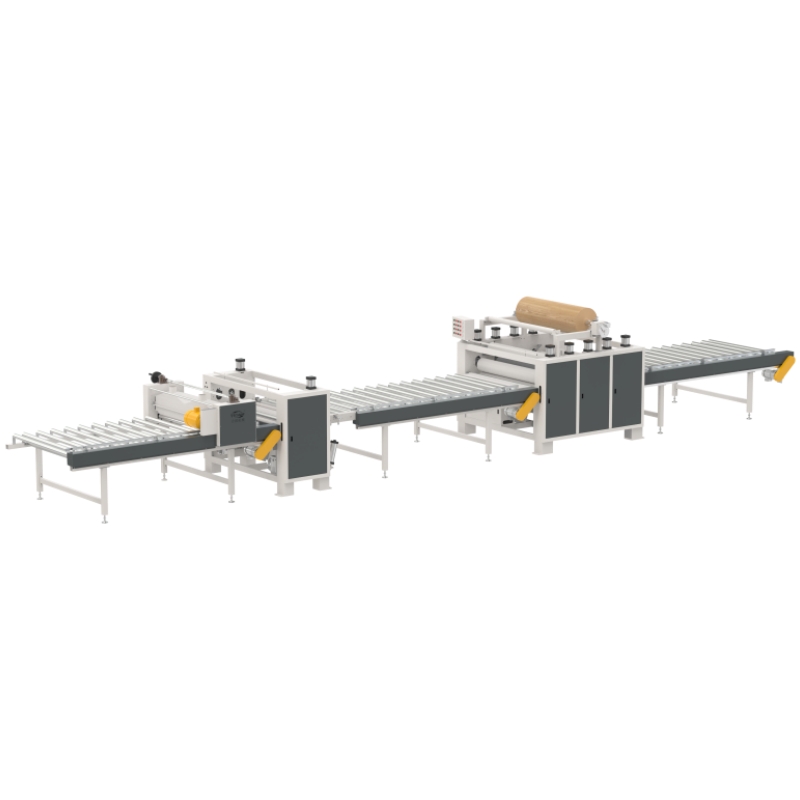I. Common Film Materials for Flat Laminator
PVC film (polyvinyl chloride film)
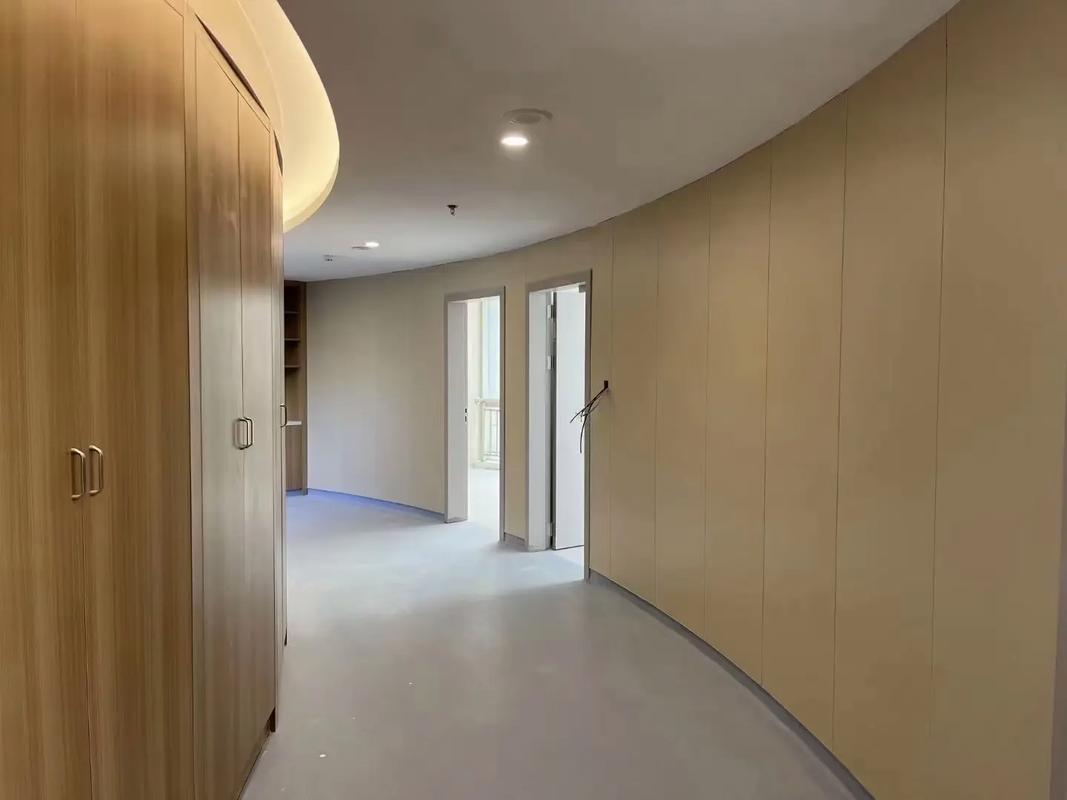
Characteristics: good weather resistance, low cost, rich colour, easy processing, suitable for surface
decoration.
Application: Furniture (cabinets, door panels), architectural decorative panels, advertising panels, etc.
PET film (polyester film)
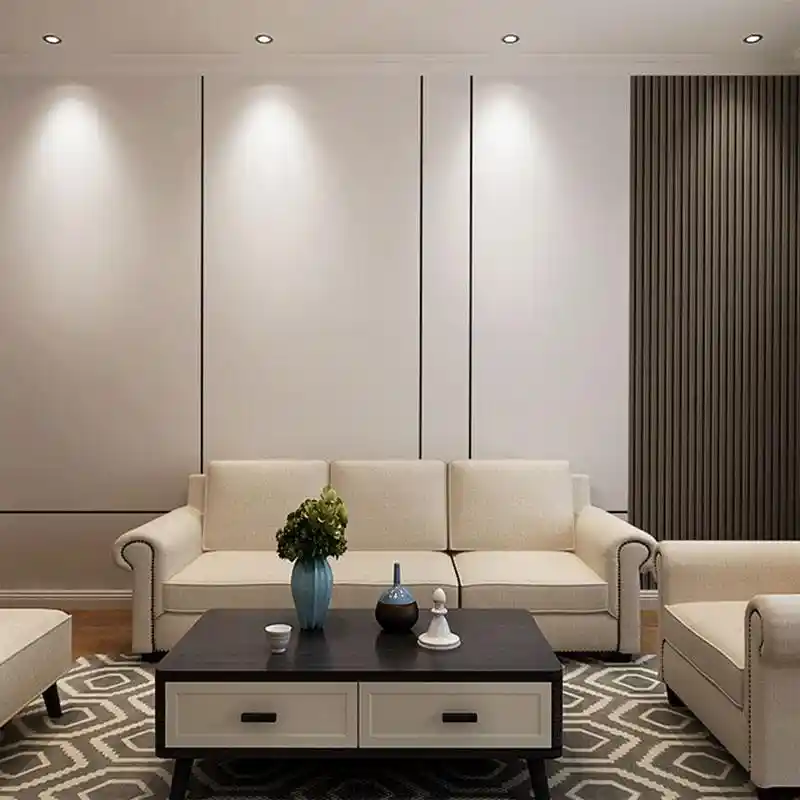
Characteristics: high transparency, high temperature resistance (up to 150 ℃ or more), anti-stretching,
environmental protection (recyclable).
Applications: electronic product panels, food packaging, high-gloss furniture finishes, transparent
protective film.
Subdivision:
APET: ordinary polyester film, high transparency.
PETG: modified polyester, easy to thermoform, suitable for complex curved surface lamination.
PP film (polypropylene film)
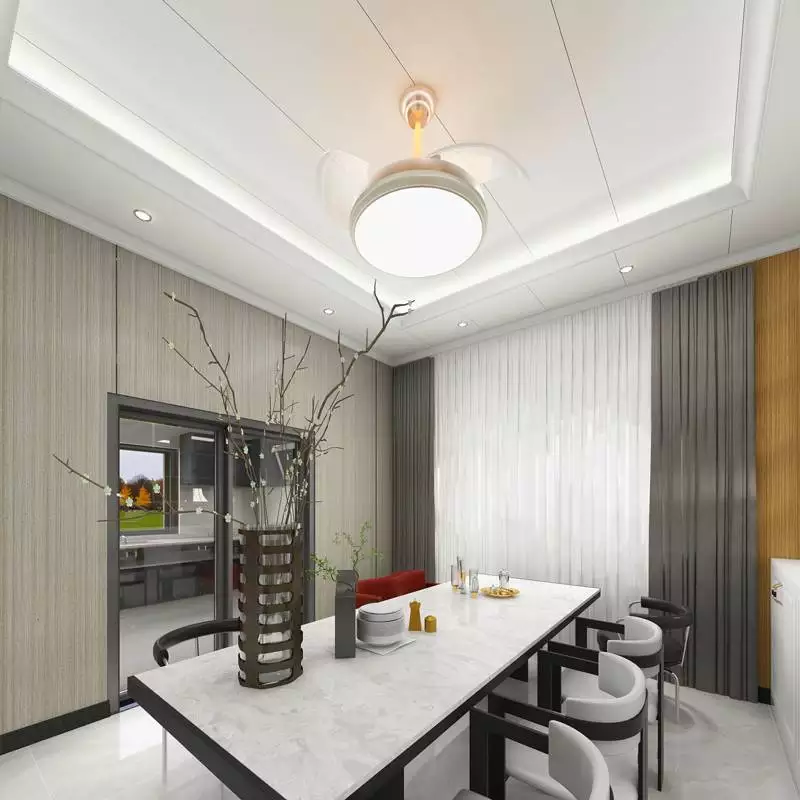
Characteristics: lightweight, chemical resistance, good flexibility, but lower temperature
resistance (80-100 ℃).
Applications: packaging materials, book cover lamination, lightweight decorative panels.
Acrylic film (PMMA film)
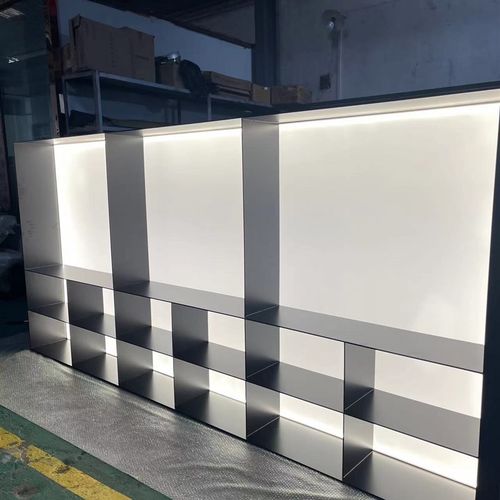
Features: high light transmission, UV resistance, high hardness, suitable for long-term outdoor use.
Applications: outdoor advertising panels, car interiors, light box panels.
Metallic film (e.g. aluminium foil composite film)
Characteristics: imitation metal luster (brushed, mirror, etc.), to enhance the product grade.
Applications: high-end furniture, electrical panels, decorative lines.
Heat transfer film
Characteristics: transferring the pattern to the substrate by heating, suitable for wood grain, stone
grain and other complex textures.
Applications: wooden furniture, metal profiles, plastic products surface decoration.
Functional film
Anti-scratch film: surface hardening treatment, anti-fingerprint, anti-scratch (such as mobile phone film).
Anti-bacterial film: Anti-bacterial agent added, suitable for medical and food industries.
Conductive/anti-static film: used in electronic equipment shielding or dust-proof scenarios.
Second, the key factors for choosing film material
Substrate type
Wood, metal, plastic and other different substrates need to match the film shrinkage, adhesion.
Flat laminator process parameters
Temperature: high-temperature models (PUR laminating machine) need to choose high-temperature
film (PET, acrylic).
Pressure: poor elasticity of the film (such as rigid PVC) need to adjust the pressure to avoid indentation.
Glue compatibility
PUR hot melt adhesive, water-based adhesive, etc. need to be matched with the coating on the back
of the film to prevent degumming.
End-use environment
Outdoor: choose UV resistant and weather resistant film material (e.g. acrylic, PET).
High temperature environment: avoid PP and other low temperature resistant materials.
C. Recommended Matching Scene
| Application industry | Recommended membrane material | Reason |
| Furniture Finish | PVC film, PETG film,PP film,CPL,HPL | rich texture, wear-resistant, easy to clean. |
| Electronics | PET anti-scratch film, acrylic sheet,HPL,CPL | High transmittance, anti-fingerprint, high temperature resistance. |
| Outdoor advertising | HPL,VPL,Acrylic film, metal texture film | UV resistant, rain and moisture resistant |
Notes
Test verification: new film material needs to be tested in small quantities to test the lamination
effect (such as blistering, warping).
Surface treatment: the substrate needs to be cleaned and levelled, polished or primed if necessary.
Environmental requirements: export products need to pay attention to the VOC emissions, heavy metal
content of the membrane material.
Cost balance: Highly functional film materials (e.g. PETG) are more costly and suitable for high-end
needs.
For more specific advice, you can provide the type of substrate, equipment model and product
application to further optimise the material selection plan.
